We renovated our entire home for £25k and this is what we learnt
A personal story to inspire those renovating on a tight budget
Looking back on our first home renovation, my husband and I went into it with a lot of naivety, understandable for the first time, and on reflection, that’s what kept us going throughout the project.
We purchased an original 1970s 3-bedroom home, that needed some (a lot) of love. We had no experience in DIY, had minimal contractors (electrician & plumber only), and as you’ve seen from the title of this post, a very, very tight budget. Over 12 months we completely gutted, renovated, and sold the property, all whilst living in it and working full-time. The main takeaway - we were surprised with how much we could do ourselves.
So, for those starting a renovation and planning to do most of the work yourself, I hope this inspires you, even just a little. It is hard. You need to make sacrifices (our social life was very unsocial), but it is possible and for us was incredibly rewarding, both personally and financially.
Here is what we learnt, with some ‘before vs afters’ sprinkled throughout. Enjoy!
1. Set a realistic budget & be ready to shop around
Yes, budgeting isn’t glamorous and I’m sorry to mention it first (sigh), but it is essential to get right and follow (closely!). Since our goal was to flip the property, we had to be conservative with costs, and one of the biggest lessons we learned was the value of shopping around.
An example was our kitchen. While the retailer who designed our cabinets also offered matching handles, appliances, a sink, a tap and a benchtop, we found it much more cost-effective to source these as standalone pieces from other retailers. It took extra effort, but the savings made it worthwhile.
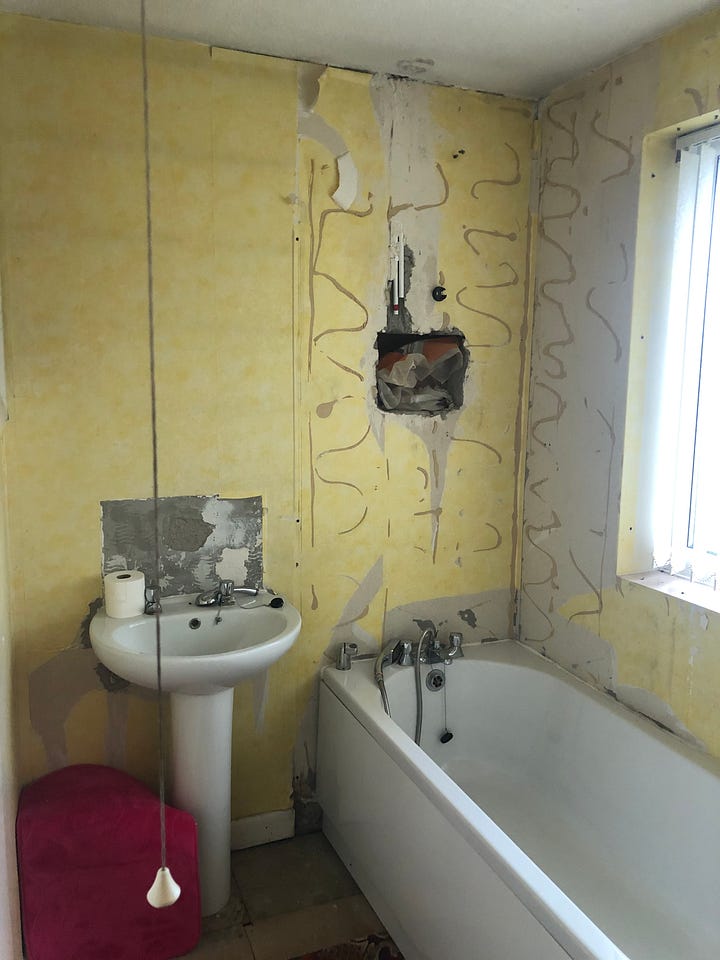
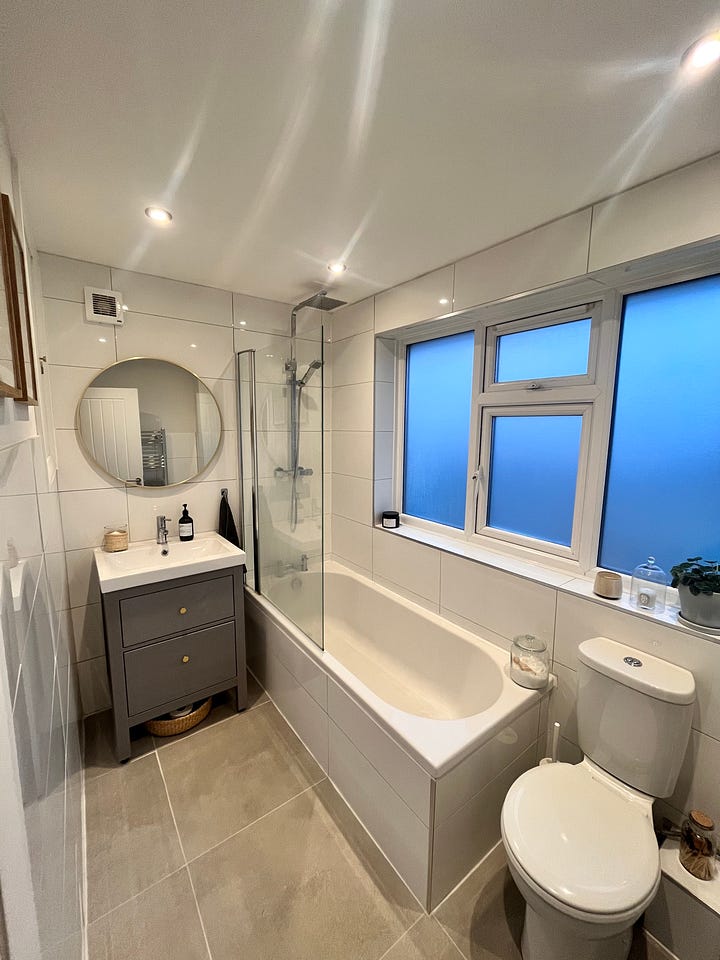
2. Avoid overinvesting in renovations
If you’re renovating as an investment, understanding local comparisons (comps) is important. Since our goal was to flip the house, we had to be mindful of similar properties in the area with the same number of bedrooms, car spaces, and other key features. Overinvesting in expensive upgrades, like building extensions or relocating plumbing unnecessarily, can reduce your profit and increase renovation costs beyond the home's actual value. On the other hand, adding things strategically like built-in wardrobes, can be low-cost and add a lot of value (buyers love storage!!). These wardrobes were from IKEA and cost us under £1,000 to purchase and build ourselves.
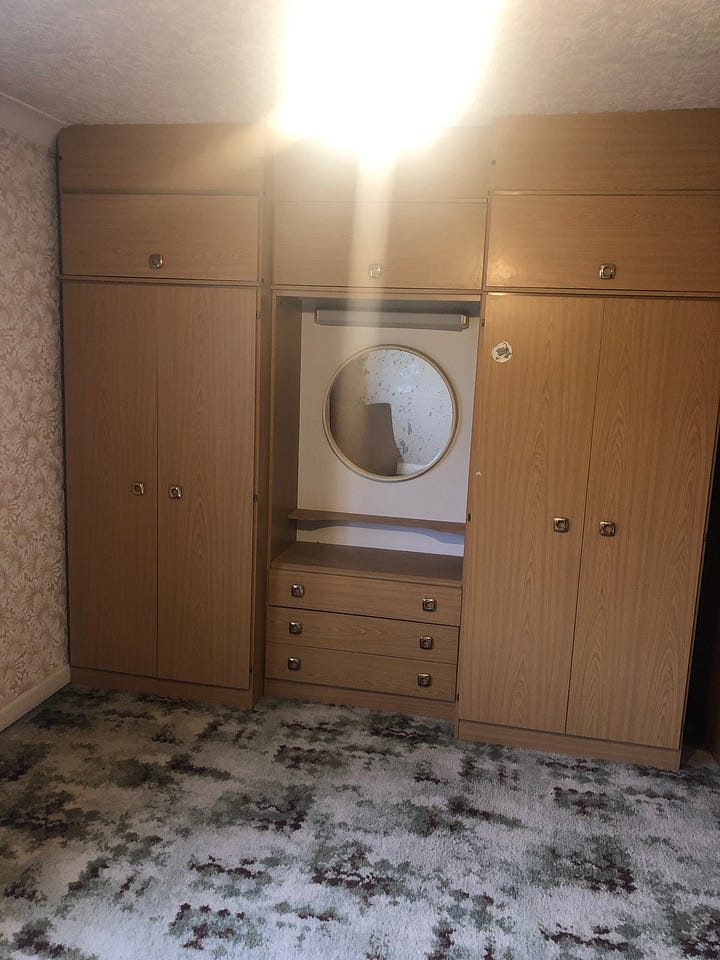
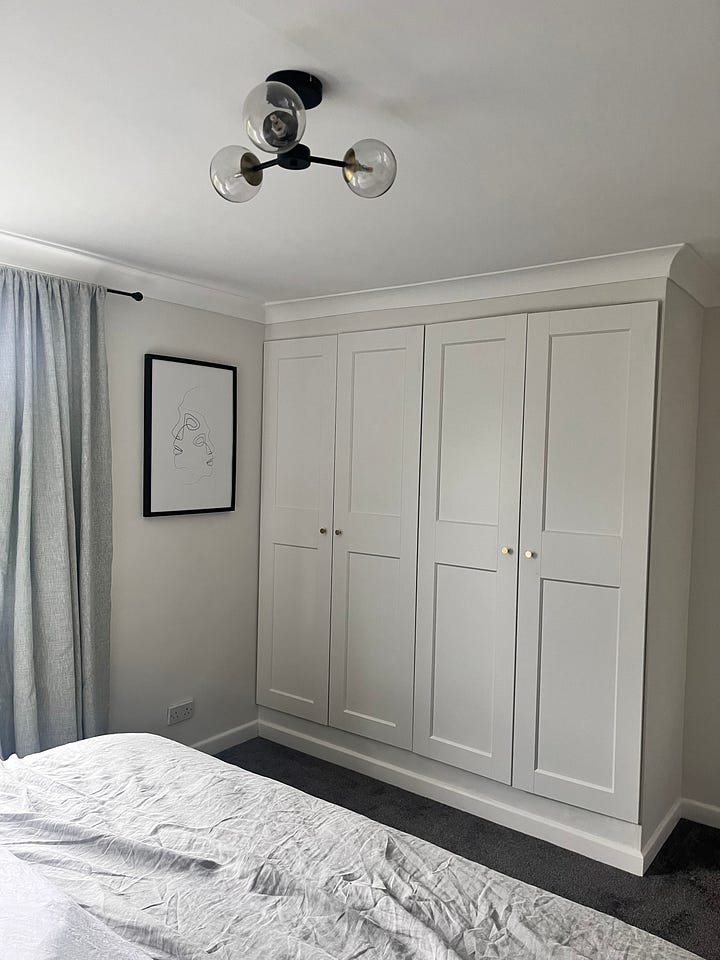
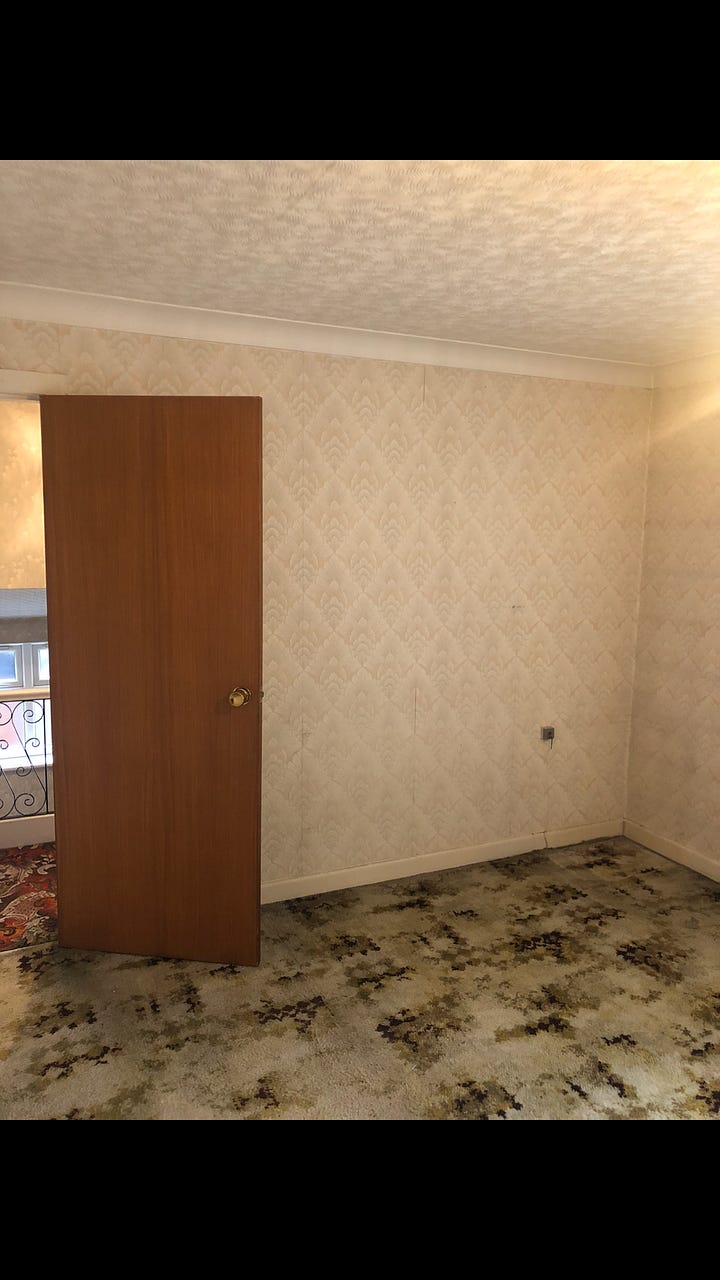
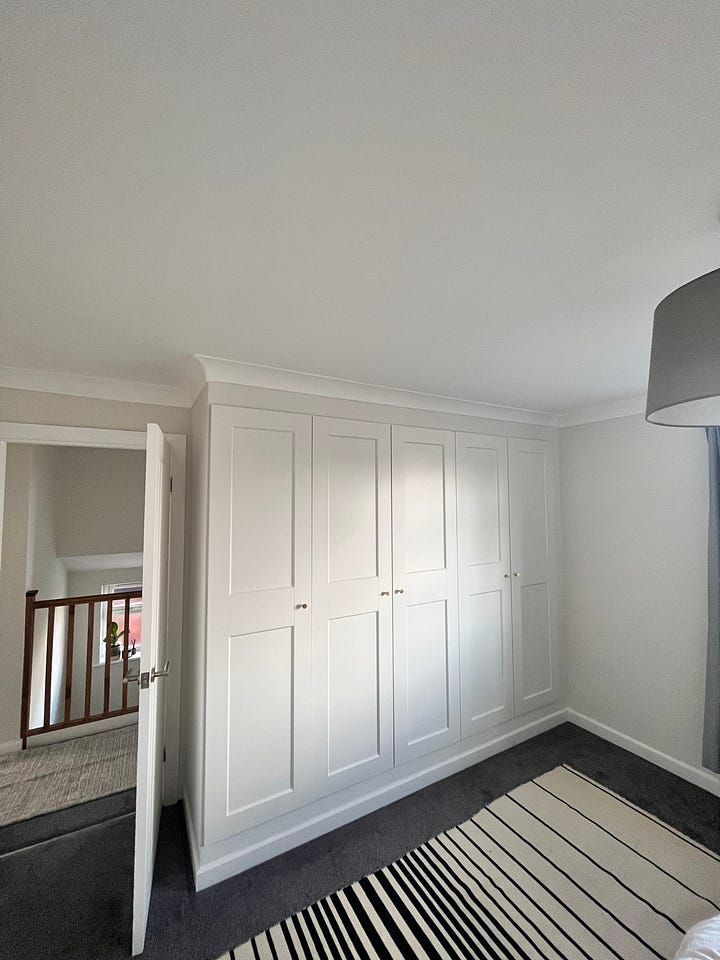
3. A simpler kitchen layout saves money
We opted for the most simple and budget-friendly kitchen design and purchased it from the local hardware store. Since most kitchen cabinets are made from MDF anyway, the retailer didn’t matter as much for us. It’s important to know that most (if not all) retailers will upsell you on additional cabinets, such as wine shelving, but the fewer pieces, the cheaper it will be. Our flat-packed kitchen was 90 separate pieces (reduced from the original quoted 150 pieces) and cost us just under £2,000 - and it still had a beautiful English charm!
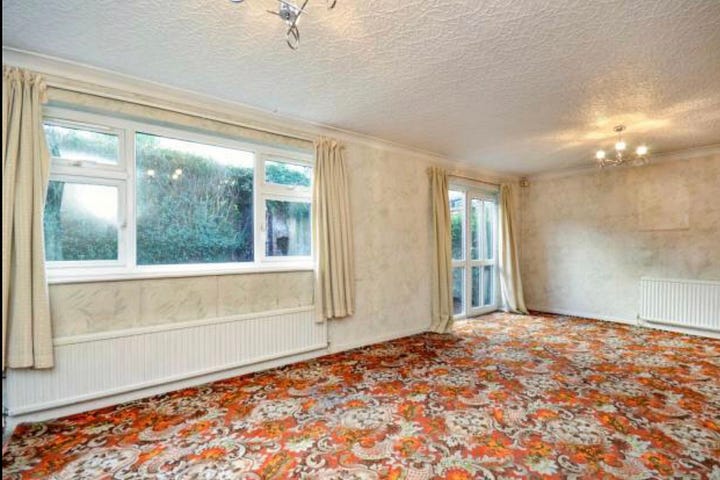
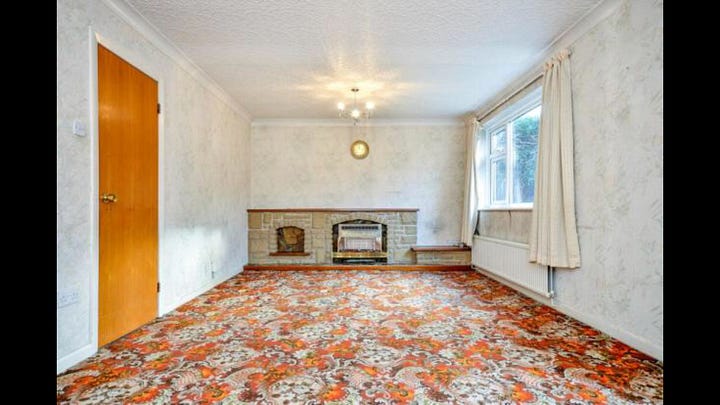
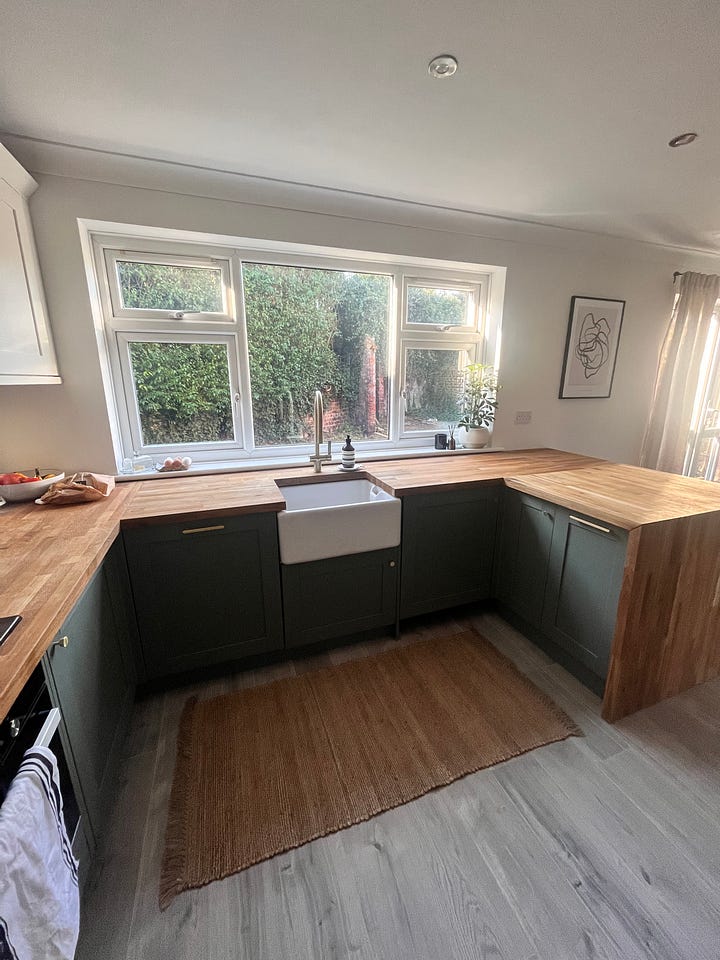
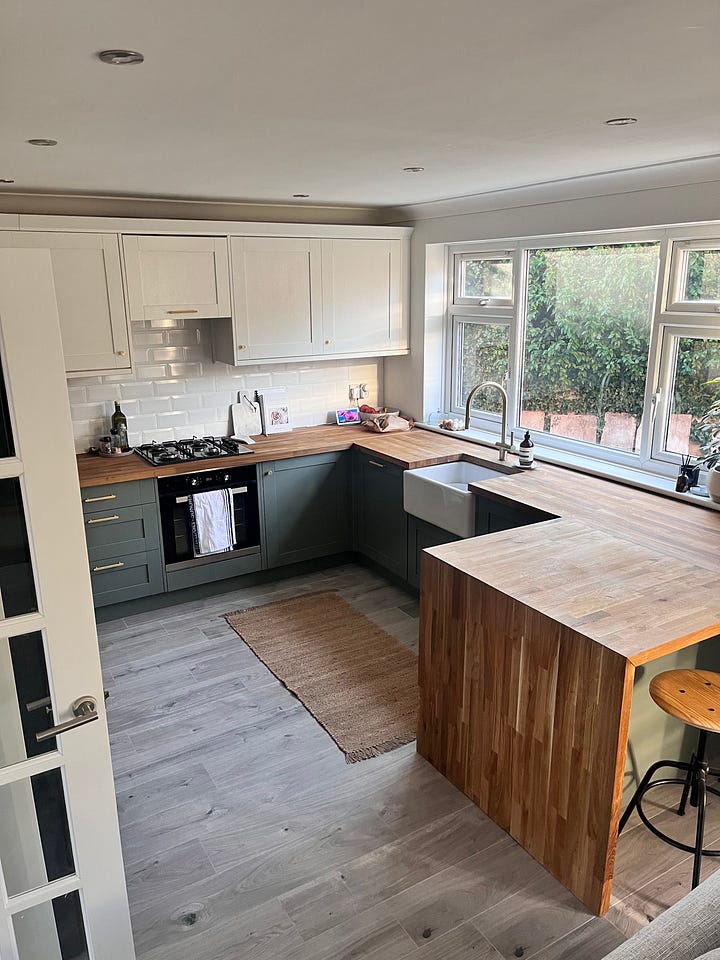
4. Balance high and low materials
To make the home feel modern and polished, without overspending, we focused our budget on materials and finishes that added real (or perceived) value and mixed high-end and budget-friendly options.
Things like choosing a cheaper fully integrated dishwasher because it would be hidden behind kitchen cabinetry, then splurging on handmade aged brass cabinet handles or a 40mm solid timber benchtop for the kitchen. This balance allowed us to create a polished feel without overspending unnecessarily.
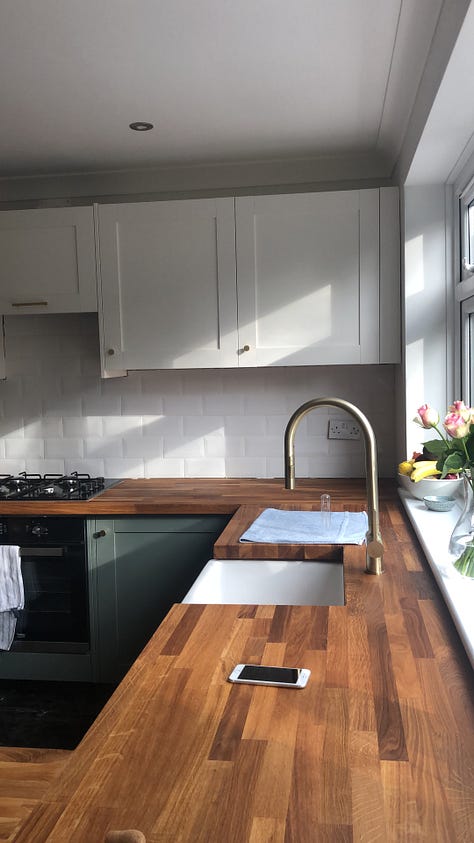
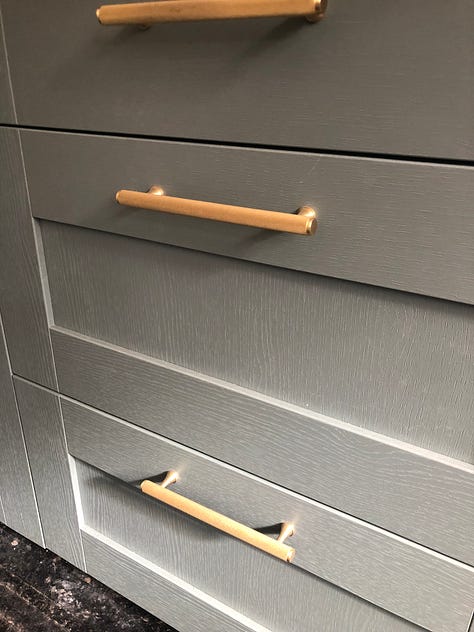
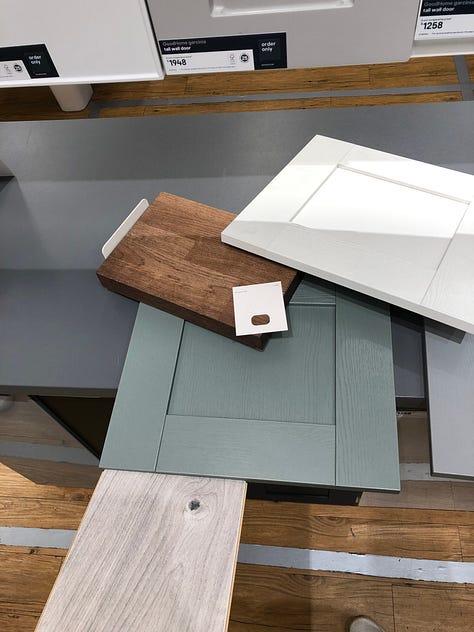
5. Don’t overspend on paint
Paint can be surprisingly expensive, but we learnt early on that it is difficult to tell whether you used a high-end brand or a budget-friendly option. Yes, more expensive brands often have a wider shade range and 'finish’ options, but many hardware stores offer colour matching (or can get very close) so you can still achieve the look you want, more cost-effectively.
6. Professional trades can take up a large portion of the budget
While professional trades are essential on any project, they can quickly eat into a tight budget. If you’re working within limits, this is where you’ll need to be selective, so consider what you can do yourself. Because of budget constraints, we had to take on much of the work ourselves and were surprised with how much we could do. Tasks like painting, landscaping or wallpaper removal are easy to do without experience. Tiling, however, is slightly more challenging. My husband decided to tile the bathrooms himself (eek) and quickly learned it is absolutely a skilled trade he won’t try again!

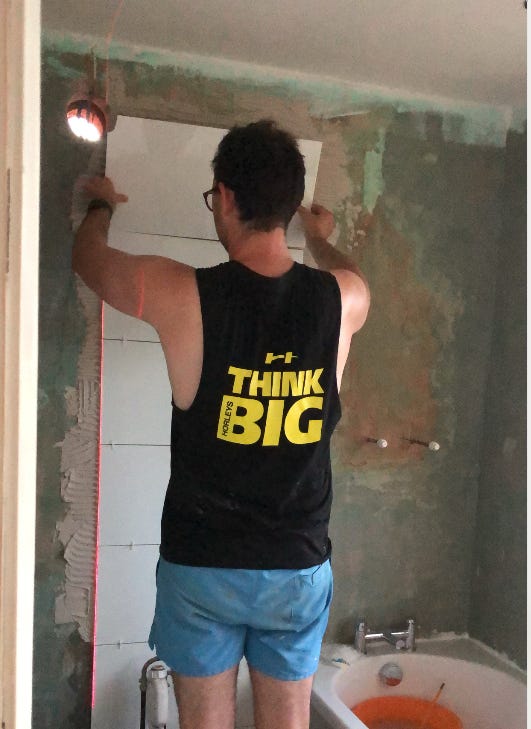
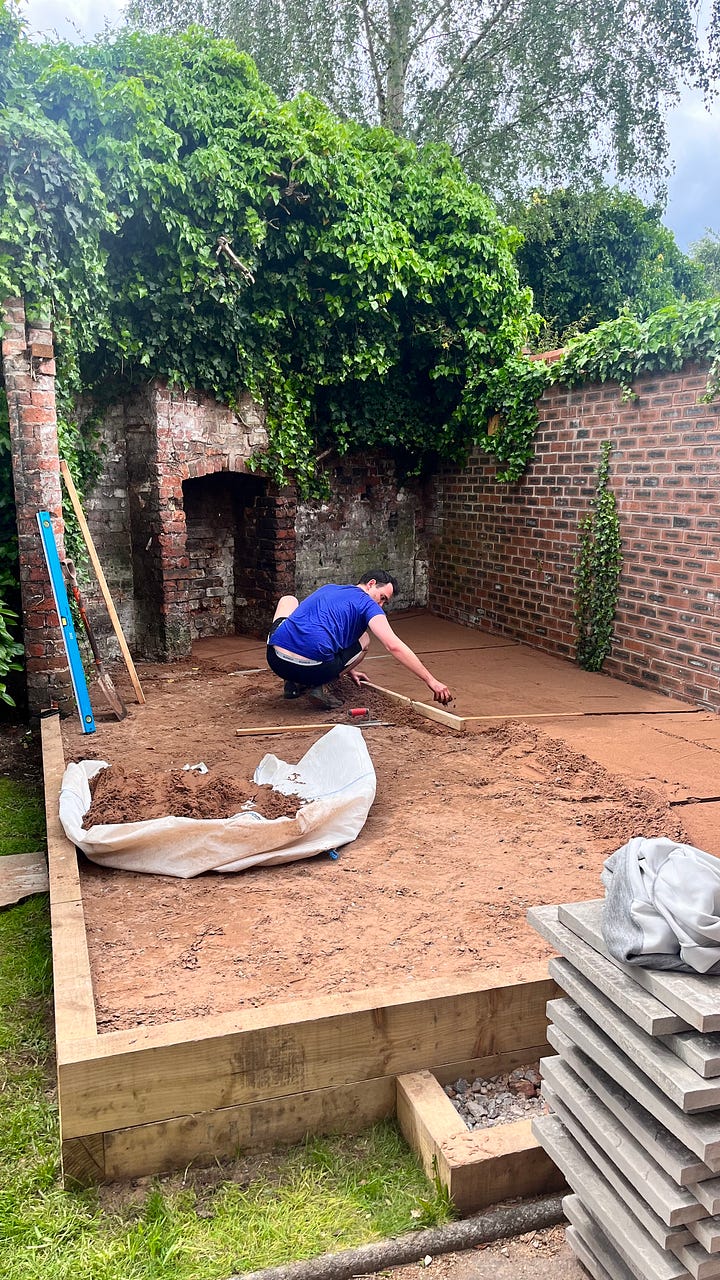
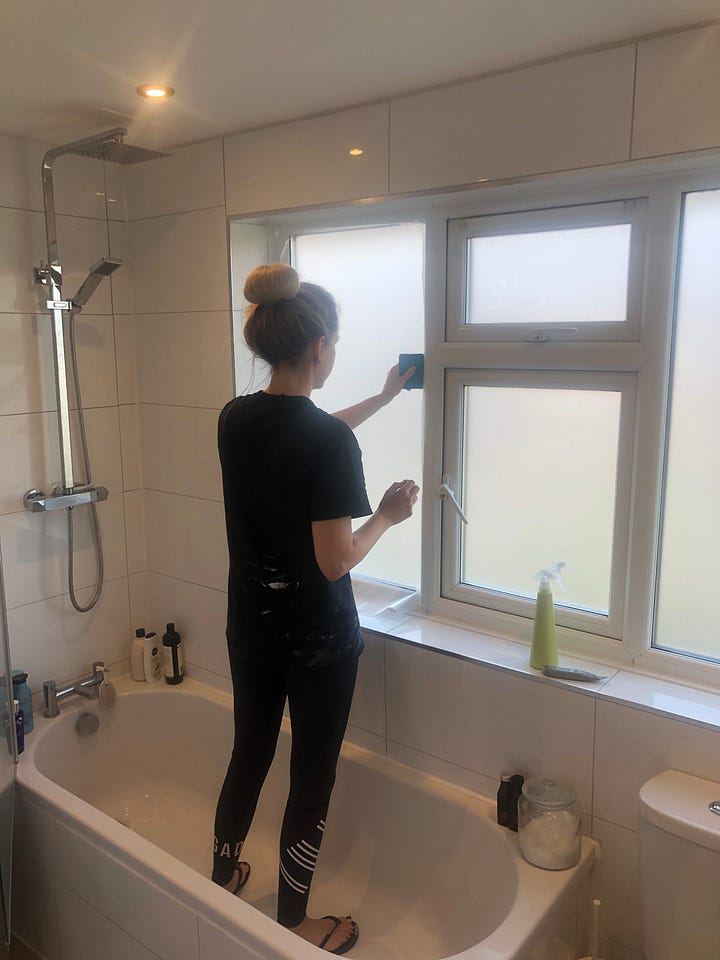
7. Intentional styling adds a lot of value
We purposefully selected neutral shades for the walls and flooring materials to appeal to the broadest pool of potential buyers and then focussed our efforts on styling. Pieces like rugs, pendant lights, wall art, plants, fresh flowers and mirrors are all things that are relatively cost-effective to add, but make spaces feel cosy.
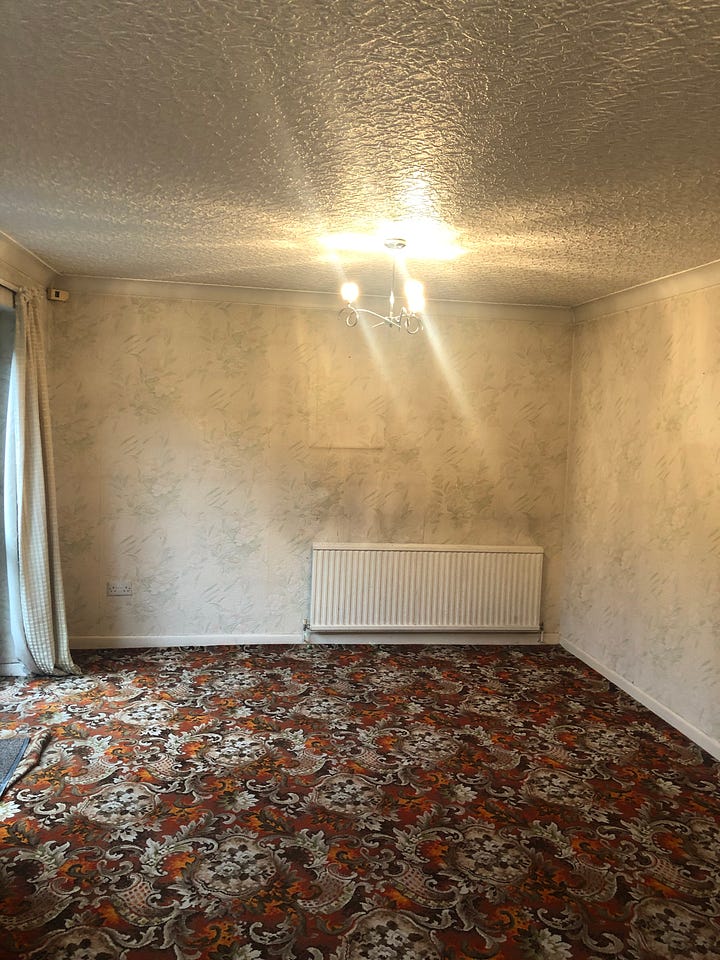
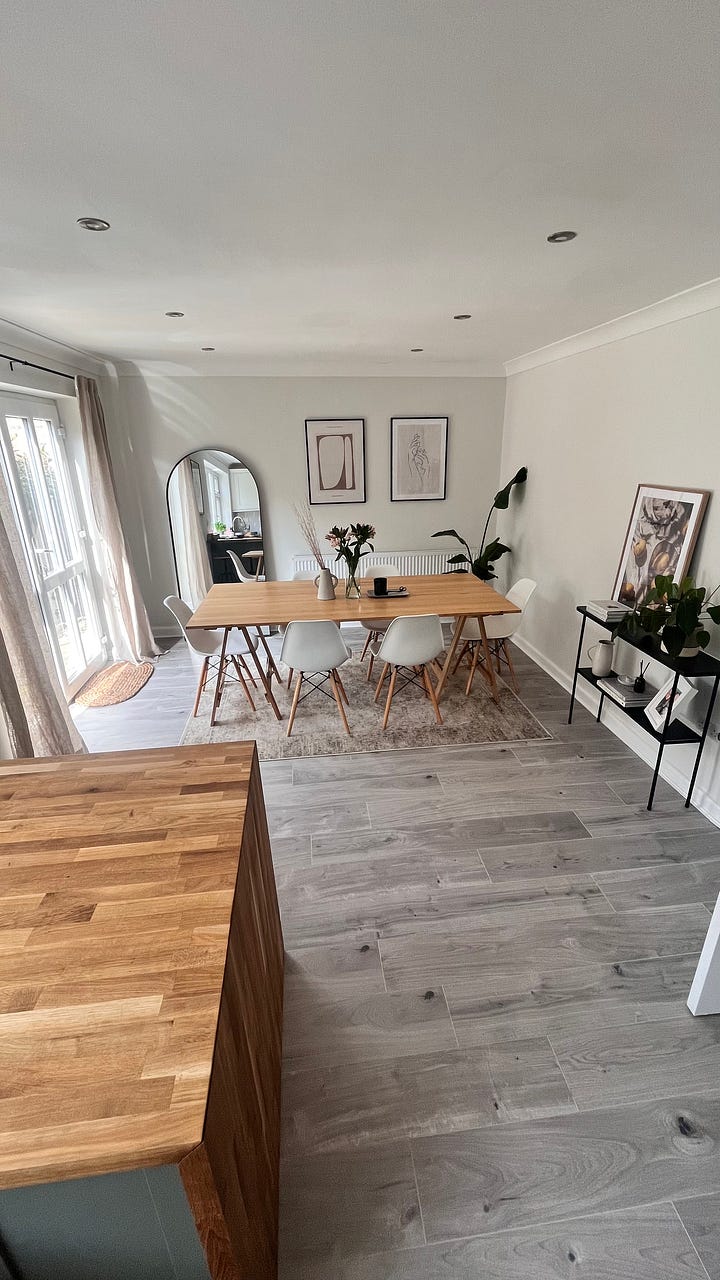
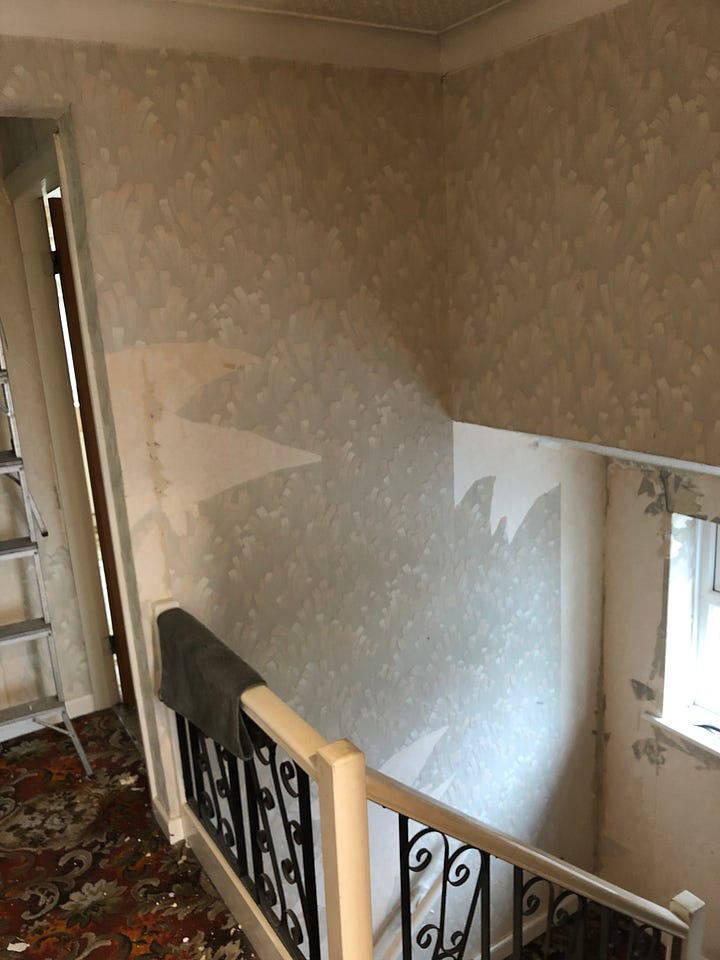
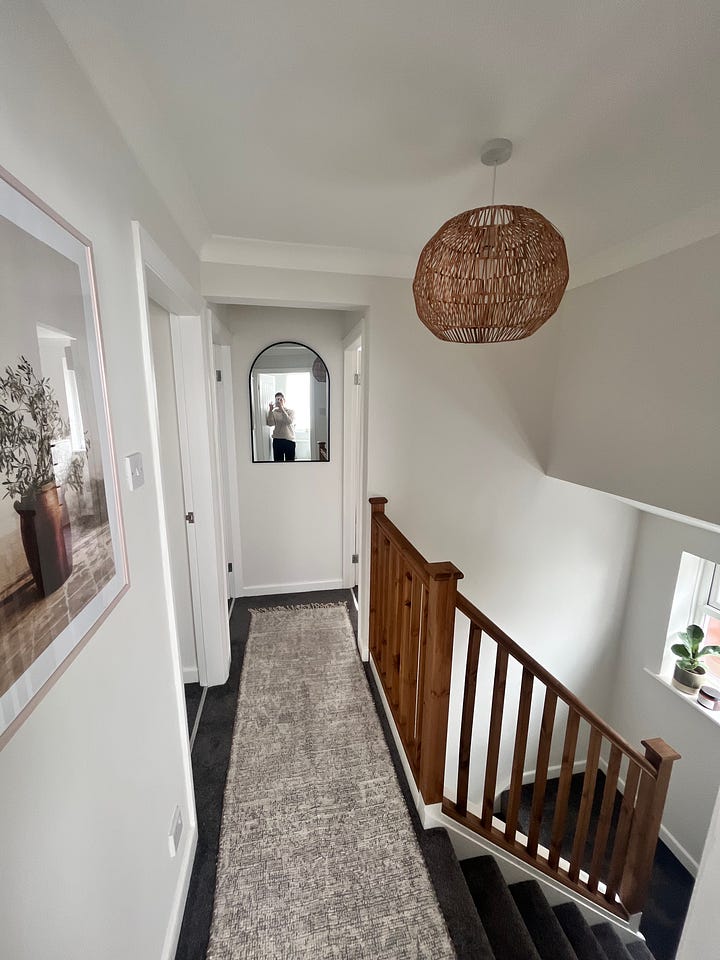
8. Check your trade’s work
Something we laugh about now, but at the time it wasn’t so fun. We had a major flood in an upstairs bedroom from a radiator that hadn’t been properly connected and was pouring out water like a hose! We came home from a week away to water throughout the ground floor and water pouring through the downlights into the kitchen and dining room. Nothing like re-decorating a room twice to make you reconsider a DIY renovation!
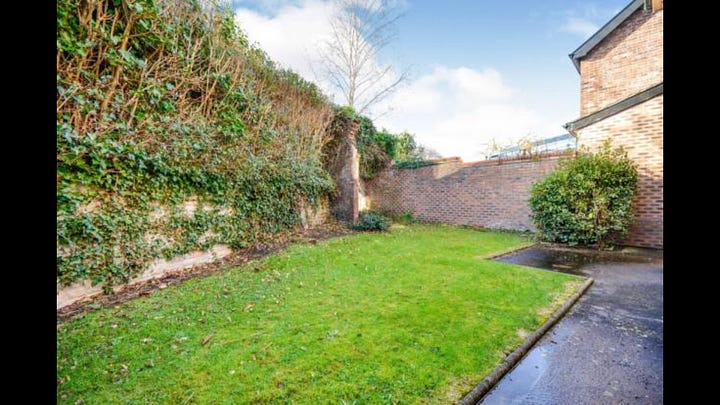
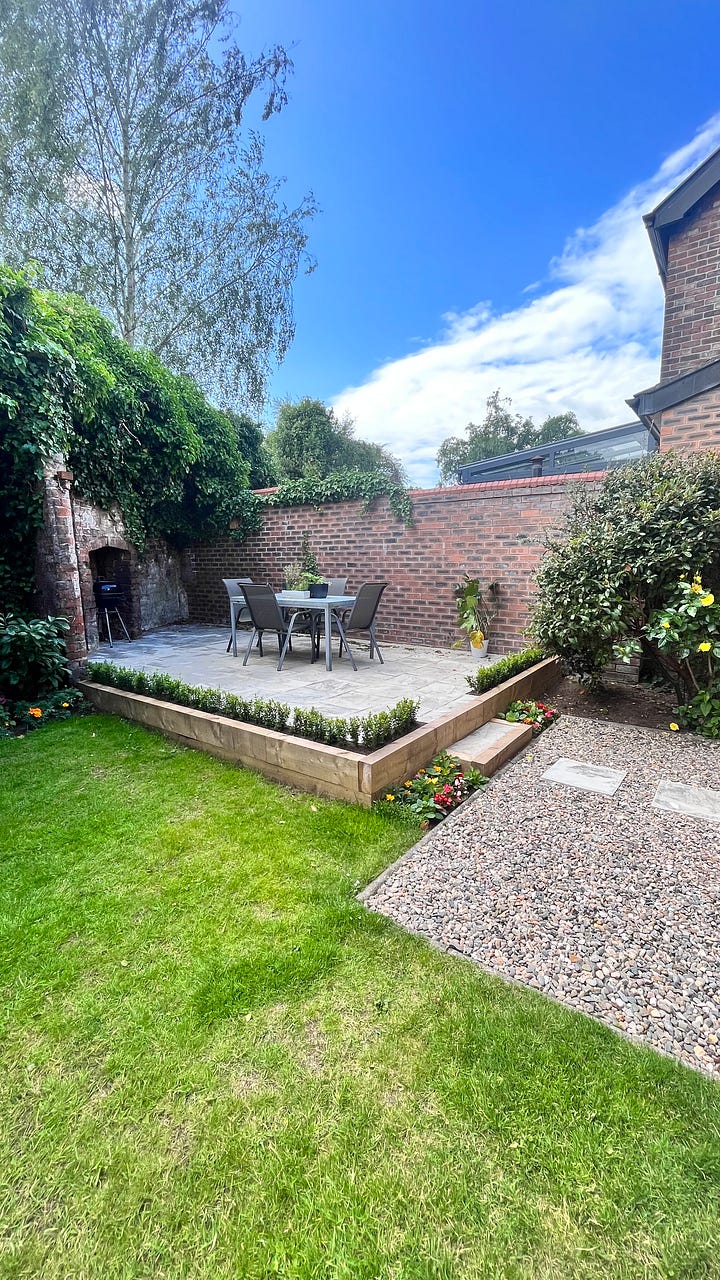
Oh and before I forget, my husband fell through the roof whilst replacing floorboards, so the last last piece of advice is to please make sure you have home and health insurance!!
I have many more practical learnings that I’d be absolutely happy to share, so feel free to drop me a note. Happy renovating!
Ashley x




